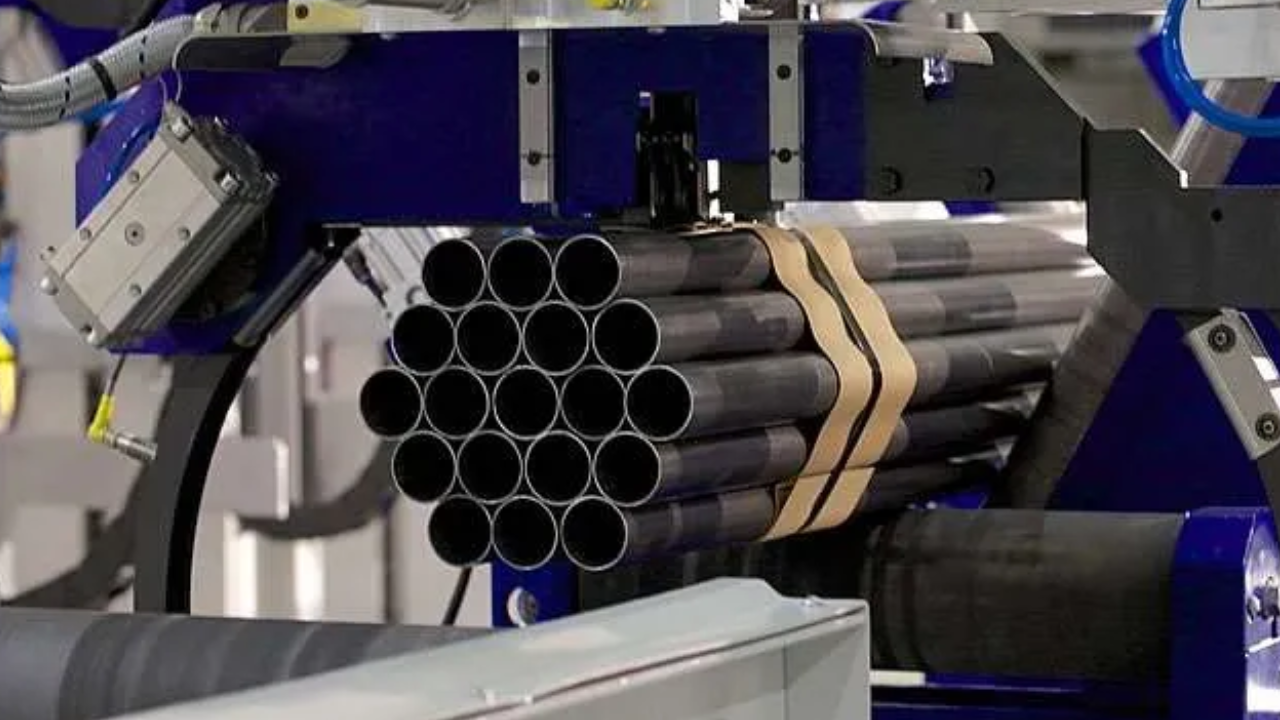EN 10219-2 is a European standard that specifies the technical delivery criteria for structural hollow sections made of fine-grain and non-alloy steel that are cold-formed and welded. This standard, published by the European Committee for Standardization (CEN), is critical for ensuring the quality and reliability of structural components. Cold-formed hollow sections are produced by shaping steel at ambient temperatures, resulting in increased dimensional precision and mechanical qualities.
The standard includes a variety of shapes, such as circular, square, and rectangular hollow sections, to accommodate a wide range of structural needs. It outlines authorized production procedures, including longitudinal welding and, in certain cases, spiral welding. EN 10219-2 specifies tight dimensional tolerances for parameters such as outer diameter, wall thickness, and length, which contribute to the homogeneity and consistency of the finished product.
The standard describes standards for product marking and labeling as well as testing and inspection methods, such as impact and non-destructive testing. A key standard in structural engineering, en 10219 2 offers a comprehensive framework for the production, inspection, and delivery of cold-formed welded structural hollow sections, assisting in the standardization of procedures throughout Europe.
EN 10219-2 Dimensional Tolerances
The European standard series EN 10219-2, which governs structural hollow sections made of cold-formed steel, carefully defines dimensional tolerances to guarantee the precision and uniformity of these crucial building components. In this article, we will delve into the specifics of the dimensional tolerances specified in EN 10219-2, examining the significance of these standards in the construction industry.
Outer Dimensions
EN 10219-2 specifies dimensional limits for the exterior dimensions of cold-formed, welded structural hollow sections. These tolerances ensure precision in cross-sectional and exterior dimensions. Consistency in outside dimensions is critical for precise assembly, alignment, and load-bearing capacity. Deviations can affect stability. The standard’s emphasis on outside dimensions represents the industry’s devotion to precision, which aids structural integrity in construction projects.
Wall Thickness
EN 10219-2 specifies specific limits for the wall thickness of cold-formed welded structural hollow sections. These tolerances are critical for achieving consistency and dependability in load-bearing capability. Adherence to stipulated tolerances maintains structural integrity, reducing the possibility of compromising safety and performance. Deviations in wall thickness can have an impact on structural stability. The standard’s emphasis on wall thickness tolerances demonstrates the industry’s dedication to quality and consistency in building applications.
Length
EN 10219-2 specifies tolerances for the length of cold-formed welded structural hollow sections, with an emphasis on precision in both individual and total batch lengths. Accurate length tolerances enable more efficient assembly, alignment, and building procedures. This guarantees that portions adhere to design standards, reducing the need for on-site revisions. The standard’s emphasis on length tolerances emphasizes the necessity of dimensional correctness in construction, which improves the overall efficiency and reliability of structural elements.
Straightness
EN 10219-2 specifies straightness tolerances for cold-formed welded structural hollow sections, taking into account local deviations along the length of the section as well as overall curvature. Precision straightness is critical for efficient assembly, alignment, and welding during construction. Straightness tolerances specified in the standard contribute to the visual appearance of structures while also ensuring uniform stress distribution. Adherence to these tolerances is critical for meeting design requirements and preserving structural integrity.
Corner Radii
EN 10219-2 specifies limits for corner radii in cold-formed, welded structural hollow sections. These tolerances ensure precise curvature of corners, which affects both aesthetics and structural issues. Compliance with specified tolerances is critical for achieving design specifications and welding requirements. The standard’s emphasis on corner radii demonstrates the industry’s commitment to striking the right balance between form and function, hence improving the overall quality and reliability of structural elements in construction.
Summary
EN 10219-2’s dimensional tolerances help to ensure the correctness, consistency, and reliability of cold-formed welded structural hollow sections. These tolerances include outside dimensions, wall thickness, length, straightness, and corner radius. The thorough attention to dimensional tolerances in EN 10219-2 illustrates the industry’s dedication to quality and precision in structural element manufacturing. Adherence to these criteria is critical for accomplishing the structural performance, stability, and safety goals in building projects.

